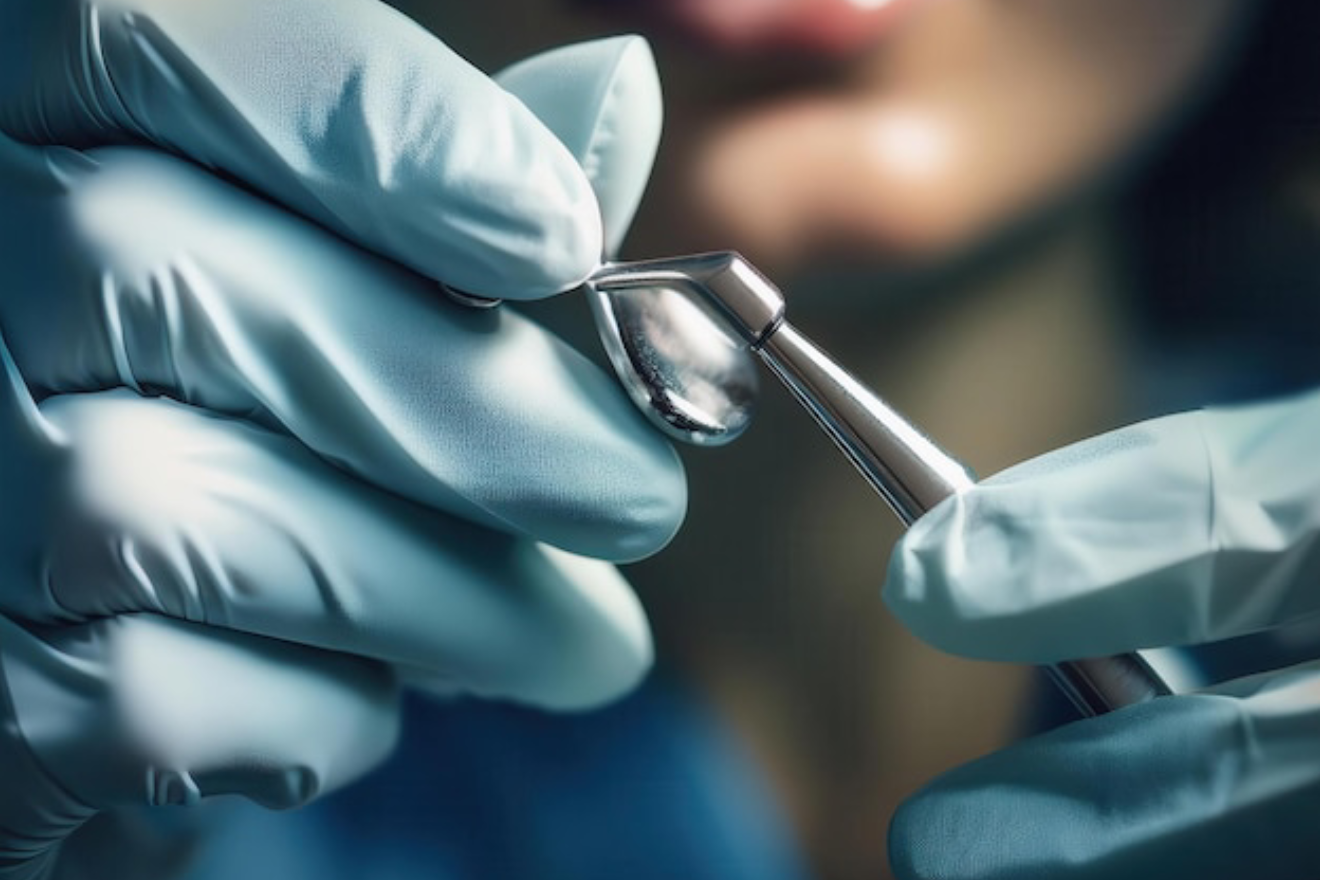Comprehensive Guide to Teeth Extraction
Teeth extraction is a common dental procedure aimed at removing damaged or problematic teeth to preserve oral health. This procedure may be necessary for various reasons, including severe decay, periodontal disease, or overcrowding. Here’s a detailed look into what you can expect from a teeth extraction and why it might be needed.
Reasons for Teeth Extraction
- Severe Decay: When a tooth is extensively decayed and cannot be saved with fillings or crowns, extraction may be the best option to prevent further infection and damage.
- Periodontal Disease: Advanced gum disease can lead to tooth mobility and loss. In such cases, extraction might be required to stop the progression of the disease and maintain overall oral health.
- Overcrowding: In orthodontics, teeth extraction may be necessary to create space for teeth alignment, improving bite and overall dental aesthetics.
- Impacted Teeth: Impacted teeth, such as wisdom teeth that fail to erupt properly, can cause pain and other dental issues. Extraction can alleviate these problems and prevent complications.
The Teeth Extraction Procedure
- Initial Evaluation: Your dentist will perform a thorough examination, including X-rays, to assess the condition of the tooth and the surrounding bone structure. This step is crucial for planning the extraction and ensuring a smooth procedure.
- Anesthesia: The procedure typically begins with local anesthesia to numb the area around the tooth. In cases of complex extractions, such as surgical extractions, sedation or general anesthesia may be used for comfort.
- Extraction: The dentist will carefully remove the tooth using specialized instruments. For simple extractions, the tooth is loosened and removed with forceps. In more complex cases, such as impacted teeth, an incision may be made in the gum to access and remove the tooth.
- Post-Extraction Care: After the extraction, your dentist will provide detailed care instructions. This includes managing bleeding, pain, and swelling, as well as guidelines for eating and oral hygiene to ensure proper healing.
Recovery and Aftercare
- Pain Management: It’s normal to experience some discomfort following the procedure. Your dentist may recommend over-the-counter pain relievers or prescribe medication to manage pain and swelling.
- Oral Hygiene: Maintaining good oral hygiene is essential for a smooth recovery. You should follow your dentist’s instructions for cleaning your mouth and avoiding any actions that could disturb the blood clot forming in the extraction site.
- Dietary Recommendations: Opt for soft foods and avoid hot, spicy, or hard foods that can irritate the extraction site. Gradually reintroduce regular foods as healing progresses.
Complications and Follow-Up
While teeth extraction is generally safe, potential complications include infection, dry socket, and prolonged bleeding. Regular follow-up visits are important to monitor healing and address any issues that may arise. Your dentist will schedule these visits to ensure your recovery is on track.
Conclusion
Teeth extraction is a straightforward procedure with a clear focus on improving oral health and addressing issues that cannot be resolved through other dental treatments. By understanding the reasons for extraction, the procedure itself, and the recovery process, you can be better prepared for a successful outcome. Always follow your dentist’s advice and maintain good oral hygiene to ensure a smooth recovery and long-term dental health.


